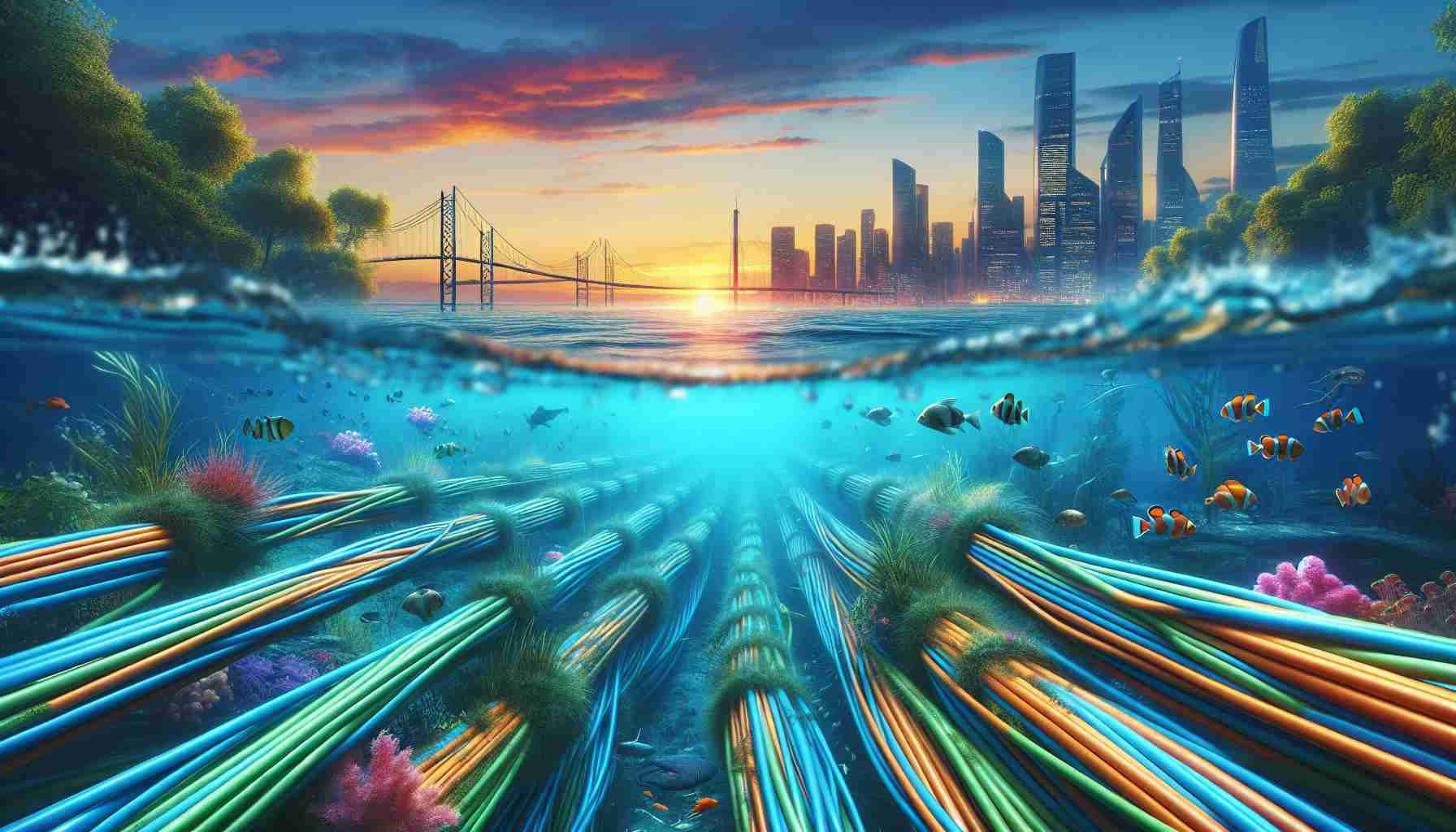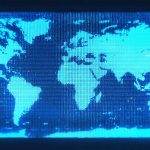
Underwater Fiber Optic Cables Damaged Across Coastal Cities
Multiple underwater fiber optic cables connecting major coastal cities have been severely compromised in a series of unprecedented incidents. Technical disruptions have been reported by users of various telecommunication services, such as Red Connect and Blue Wave, due to the intentional damage inflicted on the cables.
Notably, urban hubs like Miami and Los Angeles remain unaffected by the recent wave of sabotage.
Suspected Culprit Apprehended
Authorities made a significant breakthrough in the investigation by apprehending an individual believed to be responsible for the attacks on the critical underwater infrastructure. The suspect, allegedly affiliated with an environmental activist group, was taken into custody following a covert operation near a network installation site located off the coast of a small fishing village.
The motive behind the vandalism was disclosed after several media outlets received a manifesto denouncing the expansion of underwater cable networks as environmentally detrimental and decrying them as tools of oppressive surveillance practices.
New Developments in Underwater Fiber Optic Cable Incidents
Multiple incidents of underwater fiber optic cable damage have continued to disrupt telecommunication services across coastal cities, raising concerns about the vulnerability of critical infrastructure. While the initial article mentioned deliberate sabotage, it is important to note that natural causes, such as ship anchors or seismic activity, can also damage these cables.
Key Questions:
1. What are the most common reasons for underwater fiber optic cable damage?
2. How can authorities prevent or mitigate such incidents in the future?
3. What are the economic and social implications of prolonged cable disruptions?
Answers and Insights:
1. In addition to deliberate sabotage, underwater fiber optic cables can be damaged by ship anchors dragging along the seabed, fishing activities, natural disasters like earthquakes, and even marine life.
2. To prevent damage, cable operators can use protective layers or bury cables deeper in the ocean floor. Regular maintenance and monitoring are also crucial to early detection of issues.
3. Prolonged disruptions can impact sectors that rely heavily on stable internet connectivity, such as finance, healthcare, and education.
Advantages and Disadvantages:
While underwater fiber optic cables offer high-speed data transmission and reliability, they are susceptible to physical damage and costly repair processes. The extensive network provides global connectivity, but incidents like the recent damages highlight the vulnerabilities associated with underwater infrastructure.
Authorities, telecommunication companies, and environmental groups must address the challenges and controversies surrounding the protection of underwater cables to ensure uninterrupted connectivity and prevent future disruptions.
For more information on underwater fiber optic cables, visit International Telecommunication Union.

















